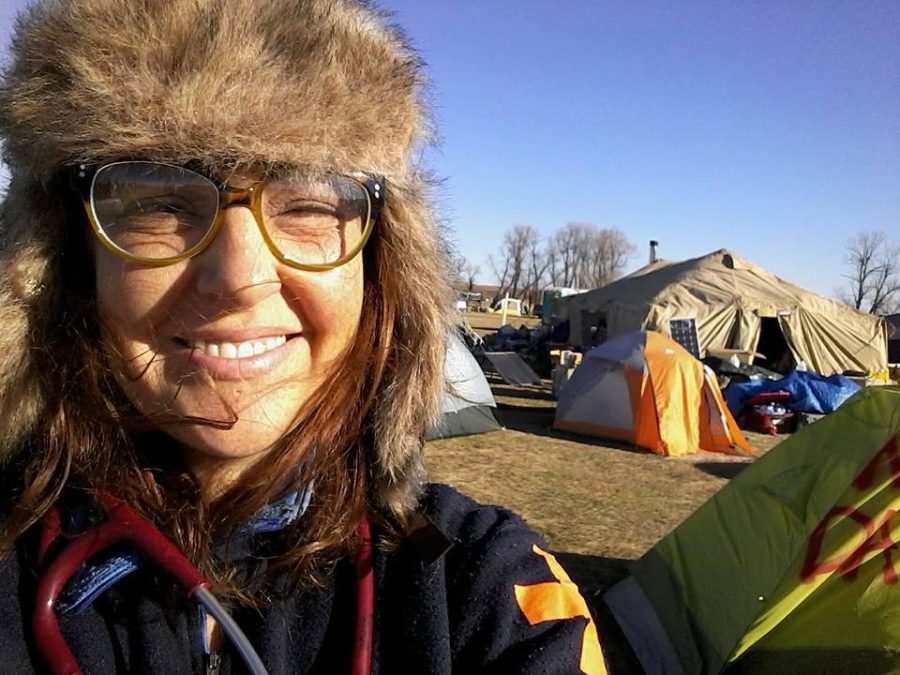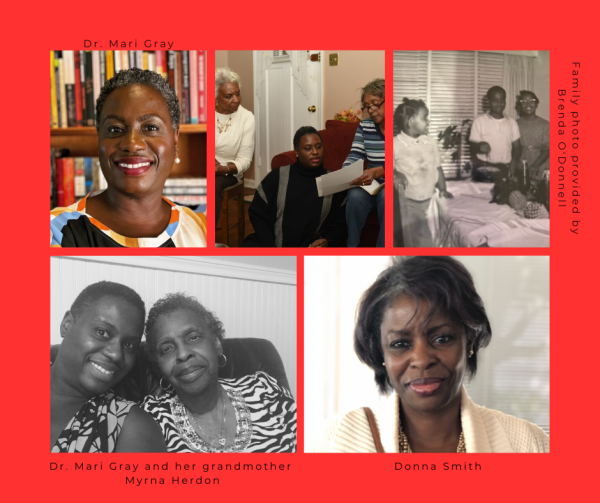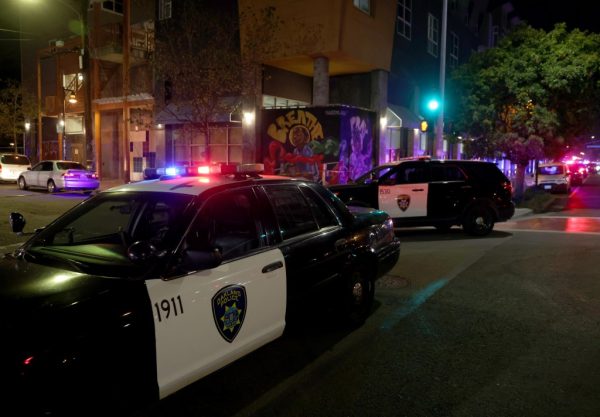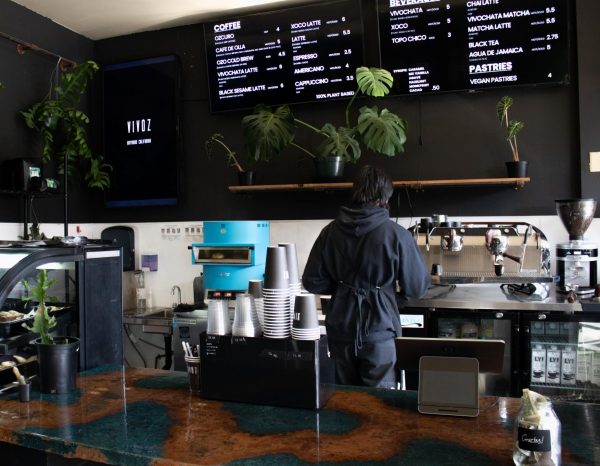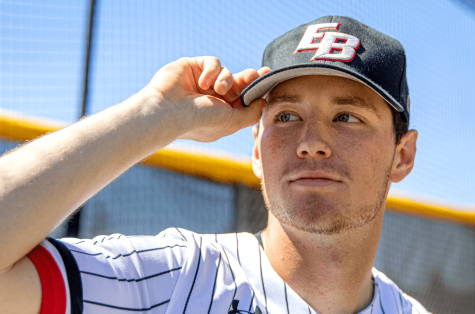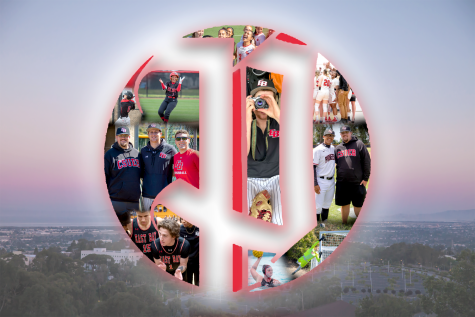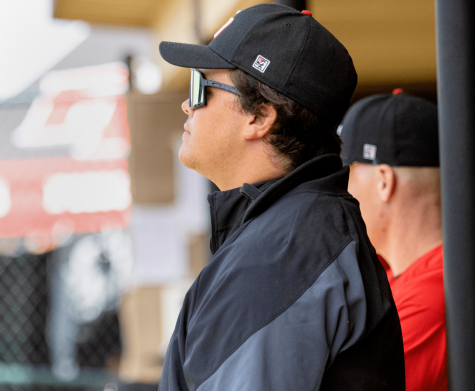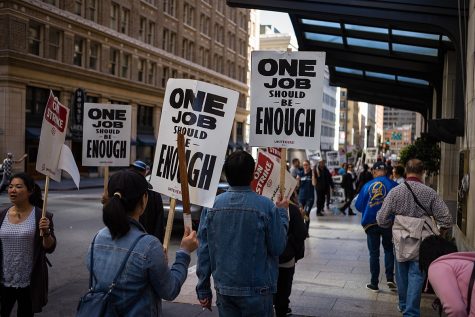East Bay nursing student uses education at Standing Rock
Removing pepper spray from skin with a concoction of baby shampoo and granulated sugar wasn’t quite what third-year Cal State East Bay nursing student Sara Oldershaw had in mind when she decided to volunteer as a medic at the Standing Rock Indian Reservation in North Dakota; but it’s precisely what she found herself doing.
On Dec. 5, the Army Corps of Engineers, under instruction by the Obama Administration, denied a permit proposed by Energy Transfer Partners, LP for the completion of a key section of the Dakota Access Pipeline, a 1,172-mile oil pipeline that would transport 570,000 barrels of crude oil daily across four states, according to USA Today.
Since 2014, the Lakota people of the Standing Rock Sioux tribe have protested the construction of the DAPL. The Sioux are a confederacy of tribes native to the North American plains, made up of the Lakota, Dakota and Nakota, who all speak different dialects. The proper name of the Sioux is Oceti Sakowin, or seven council fires, which is also the name of the main camp at Standing Rock.
The original Sioux was made up of Seven Council Fires, which in turn were made up of smaller bands, according to the Oceti Sakowin Camp website. The Lakota primarily reside in North Dakota and South Dakota, and were known as buffalo hunters and warriors.
Protesters and environmental activists joined the effort last summer to oppose the construction of a key section of the $3.8 billion pipeline, which would pass through sacred Lakota ancestral burial sites. It would also converge with major water sources like Lake Oahe and the Missouri River, increasing the possibility of a polluted water supply if the pipeline were to rupture, reports National Public Radio.
Oldershaw initially followed the DAPL story through NPR and the Democracy Now! TV program, but it was ultimately a public health theory class with Dr. Sahar Nouredini, assistant professor at the School of Nursing at CSUEB that convinced her to join the cause.
Nouredini told the Pioneer that her class focuses on prevention, social justice and environmental justice topics.
“Nurses are in a unique position of influence when it comes to environmental health,” said Nouredini. “In order to truly be a patient advocate, we can’t wait until our community is sick. We have to focus on prevention. We need to be active in raising awareness about environmental health issues and supporting policies that are protective of our health. One concern is water contamination, which is exactly what the residents of the Sioux reservation are concerned about.”
Nouredini admitted she was shocked when Oldershaw approached her after class to ask if she could buy a ticket to Standing Rock and a few hours later informed her the flight was booked.
In the week leading up to the trip, Oldershaw raised $2,000 through the crowdfunding platform GoFundMe and through private donations from friends, family, classmates, previous professors and even strangers. Five hundred dollars went toward a rental car and $1,500 was spent on supplies, at the request of protesters who she connected with on Facebook. She used her own money to pay for the plane ticket.
On Nov. 6 Oldershaw arrived in Bismarck, North Dakota, and spent the first day purchasing propane, headlamps, grab-and-go food, wound care materials and pulse oximeters, a device that clamps onto a patient’s finger to measure heart rate and oxygen levels, which she delivered to the Medic Healing Council at the Oceti Sakowin Prayer Camp located on the Standing Rock Reservation.
Even with a rental SUV packed full of supplies, Oldershaw recalled that she wasn’t well-prepared for North Dakota. She brought only a thin tent for shelter, which she later opted not to set up. Instead, she slept in the rental car, which protected her from the frigid weather.
“The nights were sometimes below freezing,” said Oldershaw. “I know, because when I woke-up, my car windows were covered in ice. I have to say, I didn’t prepare myself enough to spend the night outside in North Dakota. I’m an amateur when it comes to cold weather camping.”
Oldershaw later made the 45-minute journey back to Bismarck to buy granulated sugar, baby shampoo and maalox, an antacid used for treating heartburn and indigestion. When mixed with water, it can be used to relieve burns left by tear gas, a technique Oldershaw learned in an informal street medic training shortly after she arrived at Standing Rock.
“It gets dirty; it’s dusty…you have to build a hospital or a medic tent in the dirt,” said Oldershaw. “It’s definitely not like a hospital setting. In a hospital it’s all set up for you and all things are clean and sterile. You definitely have to work with what you’ve got and be flexible.”
During her week with the Medic Council, which consisted of a handful of doctors, paramedics, EMT’s nurses, herbalists and acupuncture volunteers, Oldershaw treated hundreds of people — mainly Lakota youth. The most common injuries were open burn wounds inflicted by tear gas, pepper spray-related injuries and large welts and bruises on the bodies from rubber bullets.
The medic council offered diverse modalities of treatments, ranging from herbalism and massage therapy to conventional Western medicine. The healers also set up a mental health tent because so many young people who protested on the frontlines, where the pipeline was being laid, came back with panic attacks. Some of them were even put on suicide watch.
“They’re standing there doing nothing — holding signs and camping — and then they’re getting shot in the face with pepper spray and water cannons,” said Oldershaw. “It’s heartbreaking because these young people are fighting for different reasons. They’re fighting for their future, for their children’s children and they’re carrying on a fight that has been happening over the last 500 years.”
Over the course of the protest, hundreds of protesters flocked to Standing Rock to offer support and in December alone, 2,000 veterans prepared to join the fight, according to USA Today.
“Anybody can do this,” said Oldershaw. “I think with the new political climate that we’re in we all need to start doing it in some form. Local statewide or national. With a little bit of effort and a little bit of planning we can all be part of a protest or a movement.”


